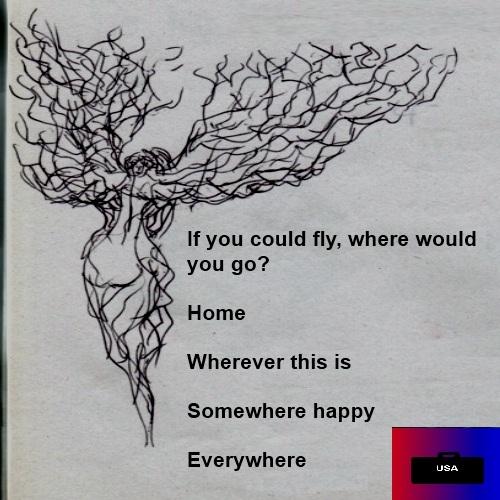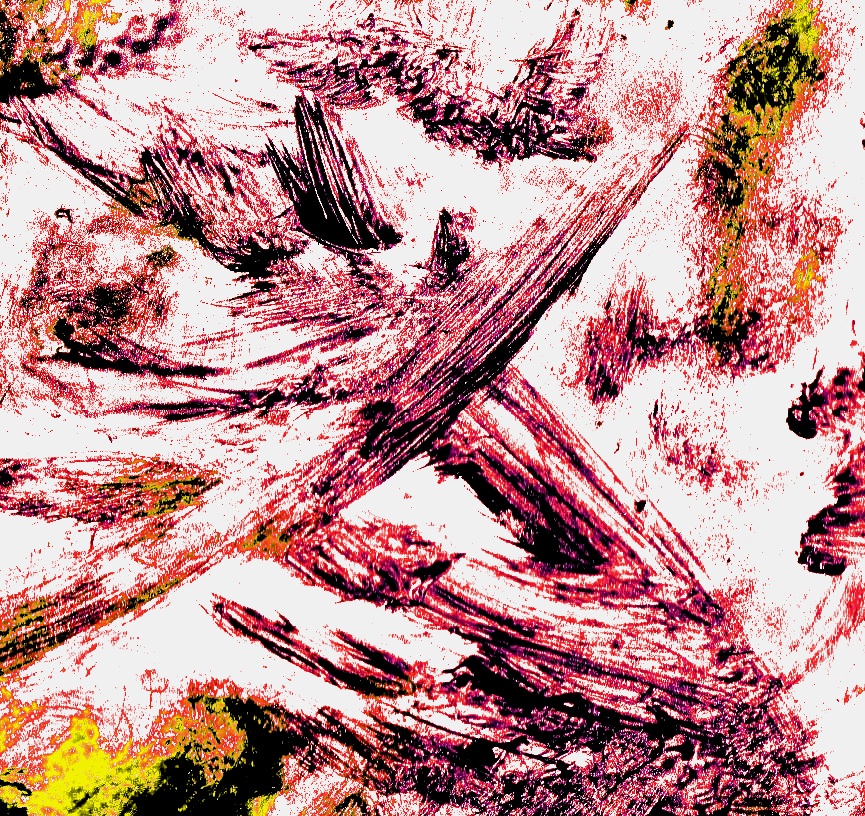Palaeontology studies an Earth far outside human experience. Paleontologists might as well be studying an alien world. The Earths they examine are nothing like the Earth known by humans in many ways. Humans couldn’t have existed on these Earths.
Paleo is the study of what life has done, and can do. It’s a survival science, seeing the possibilities of life. The results are always baffling, fascinating, and dragging human comprehension to new levels like a prime mover. It’s a massive range of perspectives, condensed into one science.
Paleo is also, ironically and appropriately, a development of one of the very oldest human skills – Tracking. Instead of food, paleontologists are hunting whole worlds, whole ecologies, and a seemingly endless array of unknowns. Even recognizing basic information can be a matter of applied intellect, putting together facts into an intelligible form.
This process can’t be simple. It’s often mind and logic-bendingly difficult. Finding fossils is one thing, and tough enough. Putting those fossils into any sort of meaningful context has taken centuries, and whole new classes of technologies.

Paleo had a bumpy start, and the bumps haven’t lessened over time, just diversified. The current state of paleontology has come a long way from putting the wrong bones on the wrong animals. It’s been hard, grinding, thinking all the way. Every bone you see, every artist’s image, has a lineage of thought and despair, argument, ideas, and painstaking checking.
In other words – It’s real science, incarnate. It has to be. Paleo includes all the sciences. Ecology, forensics, biology, geology, botany, vulcanology, technical specializations galore, you name it; they’re all there, trying to put together the facts. That work is done in the face of infinite surprises, new discoveries, and in many cases, an equally vast range of unknown factors. This might as well be xenobiology.
Paleo, like all sciences, is also self-correcting, sometimes at flint-like degrees of difficulty. Experts can argue with each other on levels few people would care to think about at all. …But that’s how science has to work. A good guess needs to become a good fact.
Integration…
Paleo has found its way out of its early “dig and hope” state through multiple applied sciences. The current, rather rosy, visualizations of ancient Earths have come from centuries of applications and new discoveries in the sciences.
Paleo benefits a lot from developments in other sciences. The electron microscope is effectively a digging tool. The study of pollen, plankton and spores is a progressive mapping of ancient environments as much as a fossilized fern or conodont fossil.

This integration of the sciences in paleo is unavoidable and absolutely necessary. The broad-spectrum, holistic approach is the most effective way to make sense of the data. New elements constantly emerge. We’re talking about whole environments; you can’t complete a puzzle by leaving most of the pieces out. What you’ll get is a mess.
In paleo, you have to know how to track, find, and understand how whatever it is got there simply to do the job. You have to work with known and potential unknown factors. The primary objective is to know what you’re talking about.
The unknowns in paleo literally jump up and bite you, sometimes hard, pretty regularly.
- For example – Feathers on dinosaurs weren’t even considered until relatively recently. Know anything with feathers that’s cold-blooded or could be biologically efficient if it was cold-blooded? You can see where that’s going, if slowly.
- Giant insects were known, but not initially in relation to vastly more oxygen in the atmosphere. What happens when you get lots more oxygen? A lot, and pretty dramatically.
- Mass extinctions go way beyond the occasional asteroid. Just recently, it was discovered that 90% of sharks, the epitome of vertebrate survivors, went extinct, for example. Why? They’re guessing because the integrated information hasn’t been put together yet.
So the objective expands, and to expand, it requires more integrated studies which in many cases rewrite the entire theory and practice of the science. Paleo literally incorporates all the other sciences to any degree as required. It’s a particularly good way of integrating them.
Xeno, child of Paleo?
Xenobiology isn’t even at the fetal stage yet. It’s an idea more than a fact. It’s a very important, very necessary, idea. The study of life on other worlds will have to include all the sciences, probably including many sciences that don’t even exist yet.
The probability is that xeno, in its infancy will work much like early paleo – A process of earnestly tripping over anything and everything. Unrecognizable things will need to be examined and understood. At least, understood to the point of being able to survive in those environments.
New factors will be involved. Toxicology, for one. How safe will it be to work with alien life and environments? Probably not very. How do you make it safe? Enter toxicology, warily trying to make sense out of oceans of moving information and things it’s never seen before, either.
To merely survive, let alone prosper, the sciences need each other in this environment more than ever before. Integrated, preferably seamless management of information is required.
Before you laugh yourself to the point of physical injury on the subject of “seamless management of information” –
- Cross-disciplinary management becomes the norm out of necessity.
- Integration of sciences evolves out of necessity.
- Everyone needs to understand what everyone else needs.
The model for this unavoidable development is paleo. The study of ancient Earths becomes the study of future alien worlds. Appropriate, isn’t it?
Now the good news – It’s going to be fun, too.


